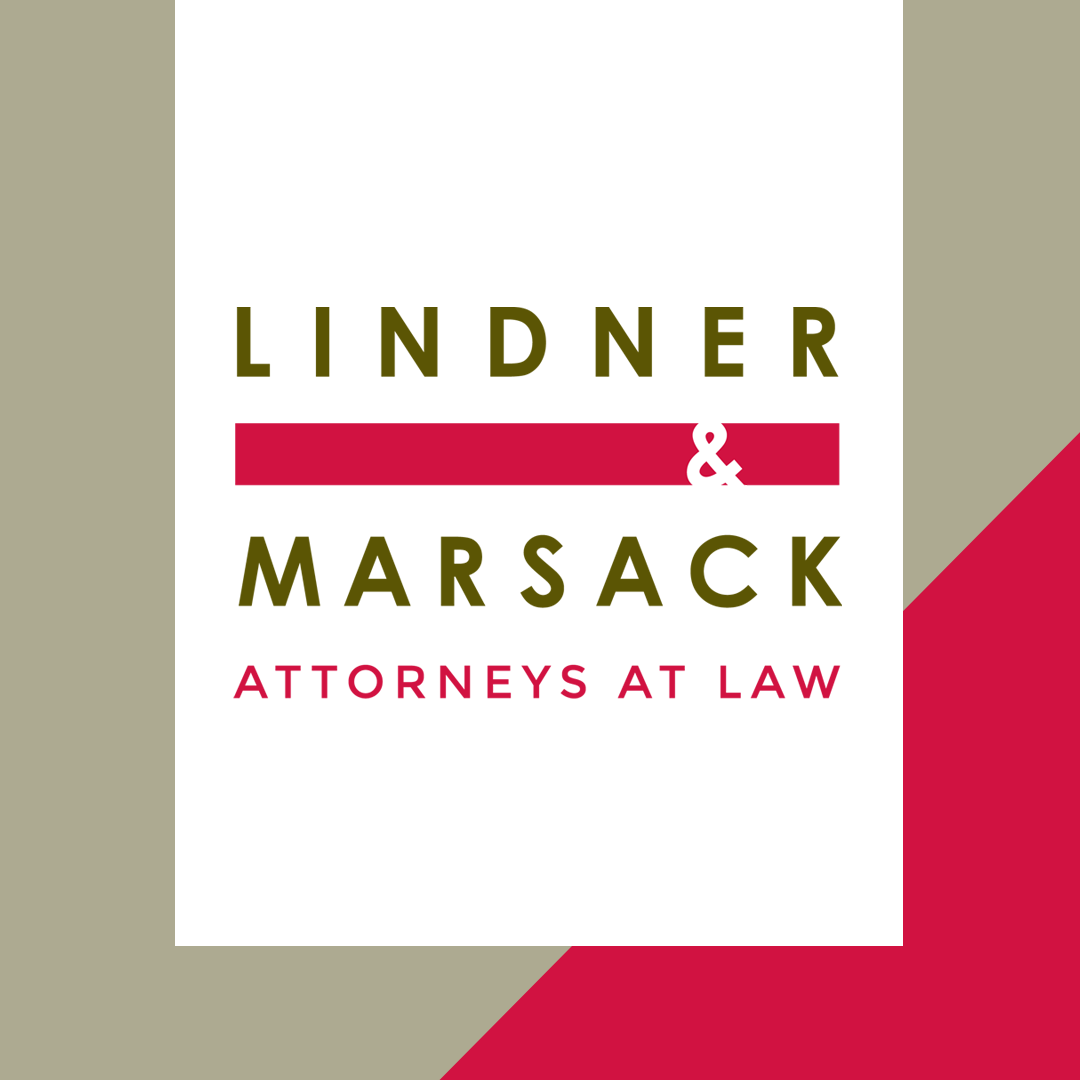Lindner & Marsack, S.C., one of the region’s most respected and long-standing management-side labor and employment law firms, announced today that Sean Lees has joined the firm. Lees will practice out of Lindner & Marsack’s Milwaukee office. Lees will focus on a broad range of labor and employment law matters for clients. Most recently, he […]

